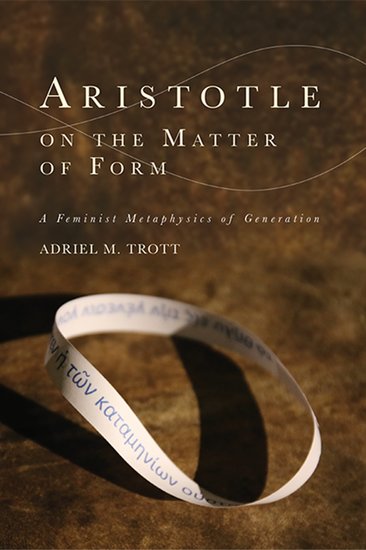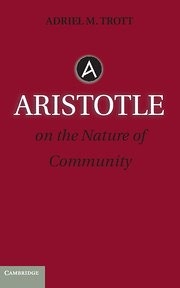The Lead Up to the Race
This report of my running of the California International Marathon actually has to begin earlier in the Fall when I learned that my mother was diagnosed with cancer. Things look good for her now, but because of the diagnosis, I felt a certain responsibility to be with her and family over Thanksgiving. And because it was a week before my first marathon, I thought it would be better to fly to Philadelphia where my parents live. While there, I had a pretty serious flare up of allergies which led to some pretty serious ear pain on the descent into Indianapolis, where I live. My ears did pop when I came home, but it was a little painful. I went on some allergy drugs that I hoped would drain my sinuses without affecting my ability to run. Tuesday after Thanksgiving–the week before the race–I ran a couple miles at MGP and felt pretty good. Then Thursday I did 3 miles easy and some strides and my legs felt good and my lungs felt clear. Then I got on a plane and the descent on the first leg messed my ears up and they still haven’t popped five days later.
On Wednesday before I left for Sacramento, I got a message from my Airbnb host, which I expected to be information about how to check in, and instead was a cancellation of my place. I reach out to my teammate from Rogue She Squad who was also running the race and she very kindly agreed to share her hotel room with me but recommended that I find my own room the first night I would be there. I went on Expedia and I reserved a room at the Hyatt. Then my teammate texts that I should probably get a room for the second night, too, because she is getting in late. I get back on Expedia and see that I can’t add a night to the original reservation, but I can just make a new reservation. First, I try to do that with a customer service person, but the price they quoted me was different from what I saw online, which seemed weird, but comes to make sense later. I go and make my own reservation on Expedia.
I get to Sacramento, unpopped ears and all, and Lyft to the Hyatt Regency, one of the race hotels. I go to check in and the person working the counter tells me that my reservation is in fact at another Hyatt seven blocks away. I ask her about the second night, and she says, you are back in this hotel. I made two different reservations at two different hotels. I kept reminding myself to be grateful. I read Deena Kastor’s Let Your Mind Run this last year, and I try to practice gratitude when I can. I was glad to have a hotel room. I was glad the second night was back in the race hotel because that’s where I would be staying with my teammate. It turned out to be much easier to navigate to the race events from the hotel than it would have been to the Airbnb. I walk the seven blocks to the other hotel, which was right down L Street.
Read more








